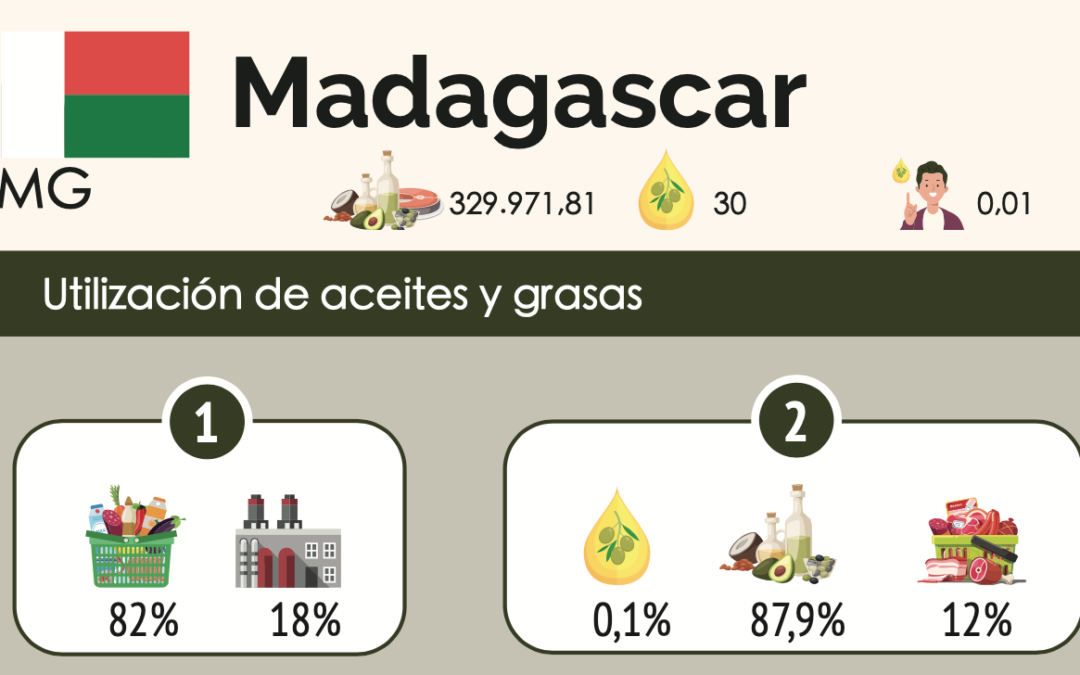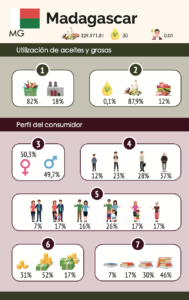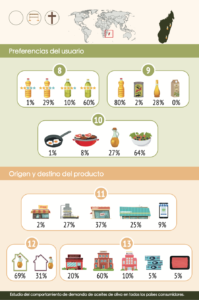In Madagascar, natural diversity reigns due to its particular location, which has allowed it to remain isolated for millions of years. The island has developed a natural ecosystem unique on the planet.
Madagascar is located in East Africa. It has a population of 28,427,333 inhabitants, its inhabitants are among the least indebted in the world, on the contrary, they have a low standard of living.
Madagascar has positioned itself in recent years among the best performing economies in the region in terms of GDP evolution, with an average growth of almost 4% until 2019. After the pandemic, the country’s income rose again by 4.4% in 2021 to US$14.637 billion according to the World Bank.
Rich in flora and fauna, the island was home to an immense vegetation cover largely affected by deforestation, today we can find abundant plant species such as bamboo or giant cactus, especially drought-resistant plants and many of them endemic. Thanks to the isolation of the island the fauna is not very affected, many species have survived and evolved into unique forms such as chameleons, lemurs and butterflies.
The olive oil market in Madagascar is still quite small. Olive oil is not produced and there is no great tradition of consumption. About 0.01 kg of olive oil is consumed per person. The total consumption of olive oil stands at 0.1% compared to the other types of oils on the market in Madagascar, with vegetable and animal fats being consumed for the most part.
As for the consumption of olive oil according to sex, 50.3% is consumed by women and 49.7% by men. If we distinguish the consumption of olive oil according to age, the group over 65 years of age predominates with 37%. As for the family structure, middle-aged families with children predominate, with a consumption of 26%, followed by young families with children, single-parent families with children and widowed or single people with 17%.
With respect to the level of purchasing power, in Madagascar, those with a medium-low income level have a higher consumption of olive oil than those with a high income level, with 52% of those with a medium income level.
In terms of educational level, individuals with a higher level of education (university) have a higher consumption of olive oil (46%). However, for those who do not have studies, their consumption does not amount to more than 7%. In general, olive oil continues to be unknown to the lower-middle consumer, although its qualities are appreciated by more educated consumers.
Of the different varieties of olive oil, the most predominant is extra virgin olive oil with 60%, followed by olive oil with 29%. Almost none of the olive pomace oil is consumed (1%).
According to the type of container, consumption is higher in PET containers (80%) and glass containers (28%). The main use of olive oil is in crude oil, i.e. for seasoning (64%), although the use of olive oil for cooking (27%) also stands out to a lesser extent than the previous one.
The main establishments where the inhabitants of Madagascar buy olive oil are supermarkets (37%), followed by hypermarkets (25%).
The majority of users in this country consume olive oil in their own homes (69%), and 31% do so outside their domestic environment. Outside the home, the establishments where olive oil is most consumed are in collectivities (60%), in bars and restaurants (20%), and in hotels (10%).



